‘We will always choose to venture into the wilderness’: How one mushing family is keeping the ‘last great race’ alive in remote Alaska
Husky racing has been around for thousands of years, but it’s still relatively unknown and unwatched around the world. Alan Dymock speaks to three generations of the Seavey family about crowdfunding, controversy and animal rights

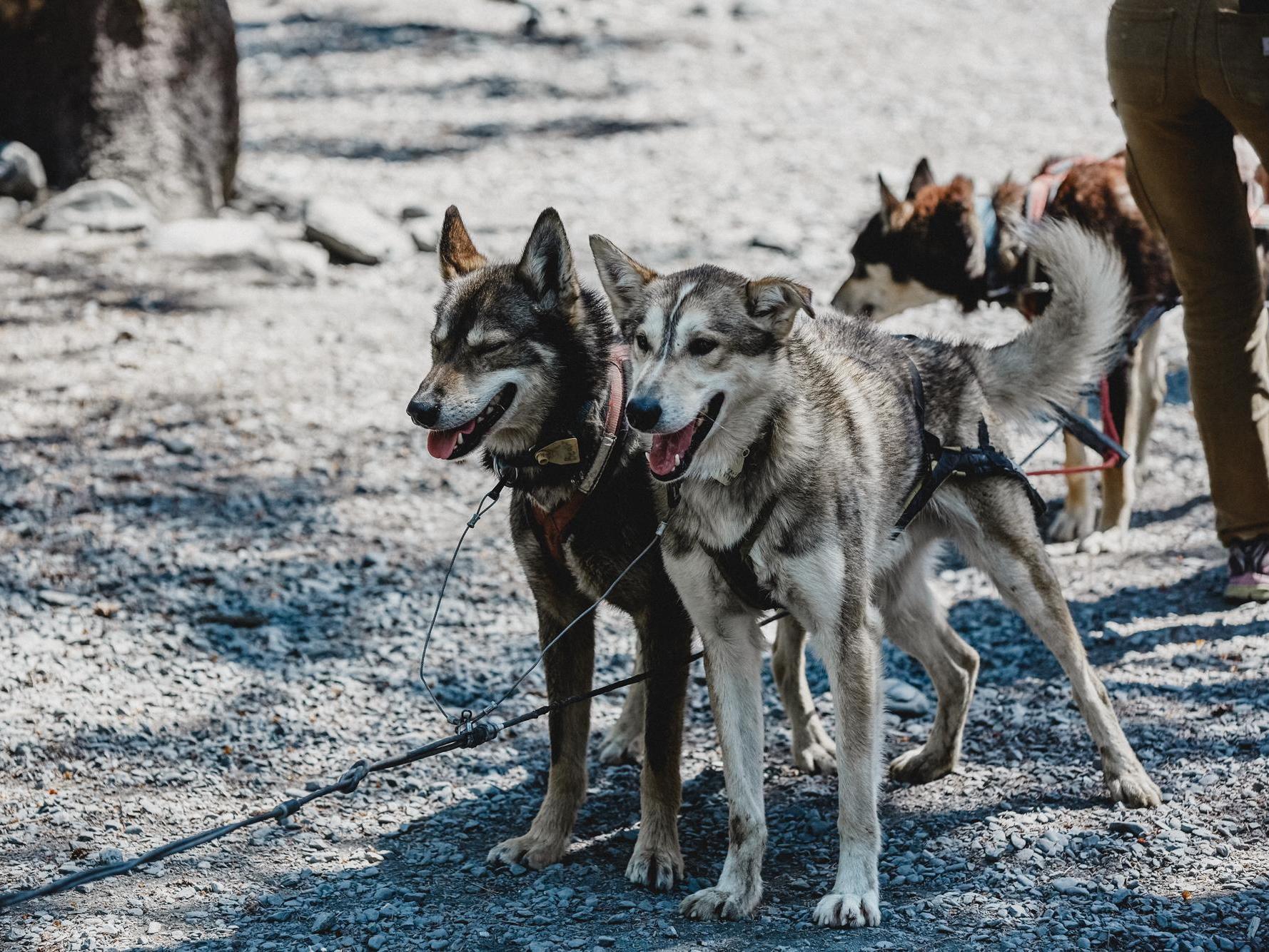
On the ride down towards the Kenai Peninsula, everything draws your eye skywards, as white-capped mountains jut up towards the never-ending blue. Yet, as the truck swings round into Seward’s Glacier Road, towards the IdidaRide camp where the Seavey family train their brood of excitable huskies, the sight of smaller structures pulls you back down to ground level. Then the barking begins.
This is the site where potential four-legged stars of the world’s premier dog mushing race, the Iditarod, learn to run. But mainly it is a draw for tourists keen to experience a little of the musher’s life, albeit half a year away from the frozen challenges of March in Alaska or the sleeplessness of sledge racing for eight-plus days.
This is the business part of the family business – a way of life predicated on the husbandry of one family and their canine kin. However, the real passion is for heading forth into the rugged out-there of vast Alaska, running hard.
Three generations of Seaveys have made their names in mushing. Having moved to Alaska from Minnesota in 1963, Dan took part in the first ever Iditarod in 1971 – the revival of a native tradition of travelling great distances by sledge that some hardy souls are fighting to preserve. Dan is considered an integral part of the movement to look after the famous trail used for the iconic race. He even took part in 2012, at the age of 74 – he and his team finished 50th.
The contest, which bills itself as “the last great race on earth”, is now enshrined in Alaskan identity. Dan’s son Mitch and his grandson Dallas have gone on to win the prestigious event seven times between them, with Dallas taking four titles and becoming the youngest ever winner in 2012, at 25, while Mitch holds the record for the fastest course completion, at eight days, three hours, 40 minutes and 13 seconds.
This setup – one of three, with the main camp near Mitch’s home, where he works with a more seasoned group of racing dogs that may occasionally rotate through the tour group – is the realisation of a father’s dream.
These are born competitors who have carved an opportunity out of their obsession. But while the daytrippers see a novelty and a rack of stuffed toys on the way out, it’s fascinating to see what these elite competitors think can be done to nurture a bigger audience for a sport so few around the world have seen. In an age when there are simpler pastimes in much more comfortable settings, or a growing number of voices that fundamentally disagree with the concept, the ambitious and the diehards alike must wonder where they can make the next leap forward.
As a group of tourists are hauled out of the camp on wheeled vehicles, powered by straining and delighted dogs, chief trainer Hal Hanson explains that his boss, Mitch, is the kind of man boys wish to grow up to be. He also calls him an innovator – the Seaveys are the first to initiate an open pen system where dogs can choose to go in or out of structures in their yard, he says, and they have also fundamentally changed how they train the dogs in the first place. While some mushers like shorter runs every other day in their training phase, going for 40 to 60-mile tears, this crew attempt to emulate the conditions of the Iditarod, going for much longer distances continuously, with periodic rests.
So how the hell do you get into, or at least stay in, this racket?
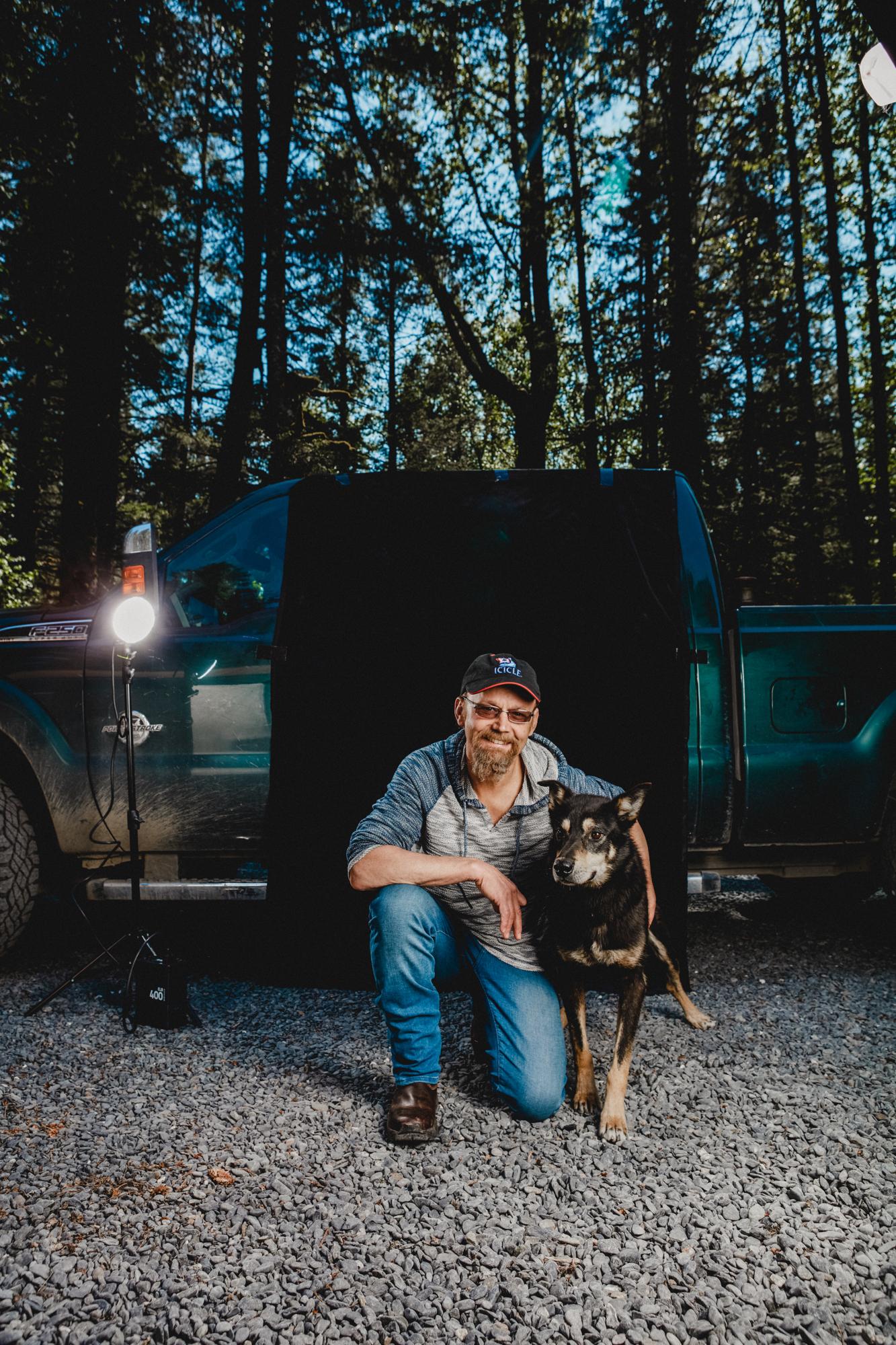
“I did have a choice through high school,” says Mitch. “I was encouraged to do other sports. I was a wrestler, I did cross country running, I was in drama. I did a lot of things. And then I got out of school and so forth and I went back to dogs as a true, heartfelt love. I was presented the opportunity. I wasn’t going to miss it.”
As he speaks he spreads his palms every so often, revealing the missing index finger on his right hand. In 2012 the experienced musher had to have a large portion of the digit amputated, following an accident with a “faulty knife” during the 2011 Iditarod. It was an accident that sent Seavey and his pack out of the race and one he would later take the knife’s manufacturer to court over.
However, it is his recollections of starting out that draws attention, and raises questions about family and legacy.
“Financially, we struggled at first, for many years,” he says of the beginnings of their finite dynasty. “I first ran the race one time in 1982, and then I took a break for many years. Then in 1995 I came back but we had started this tour company and we’d started training, getting ready, in 1993. And it was hand to mouth then.
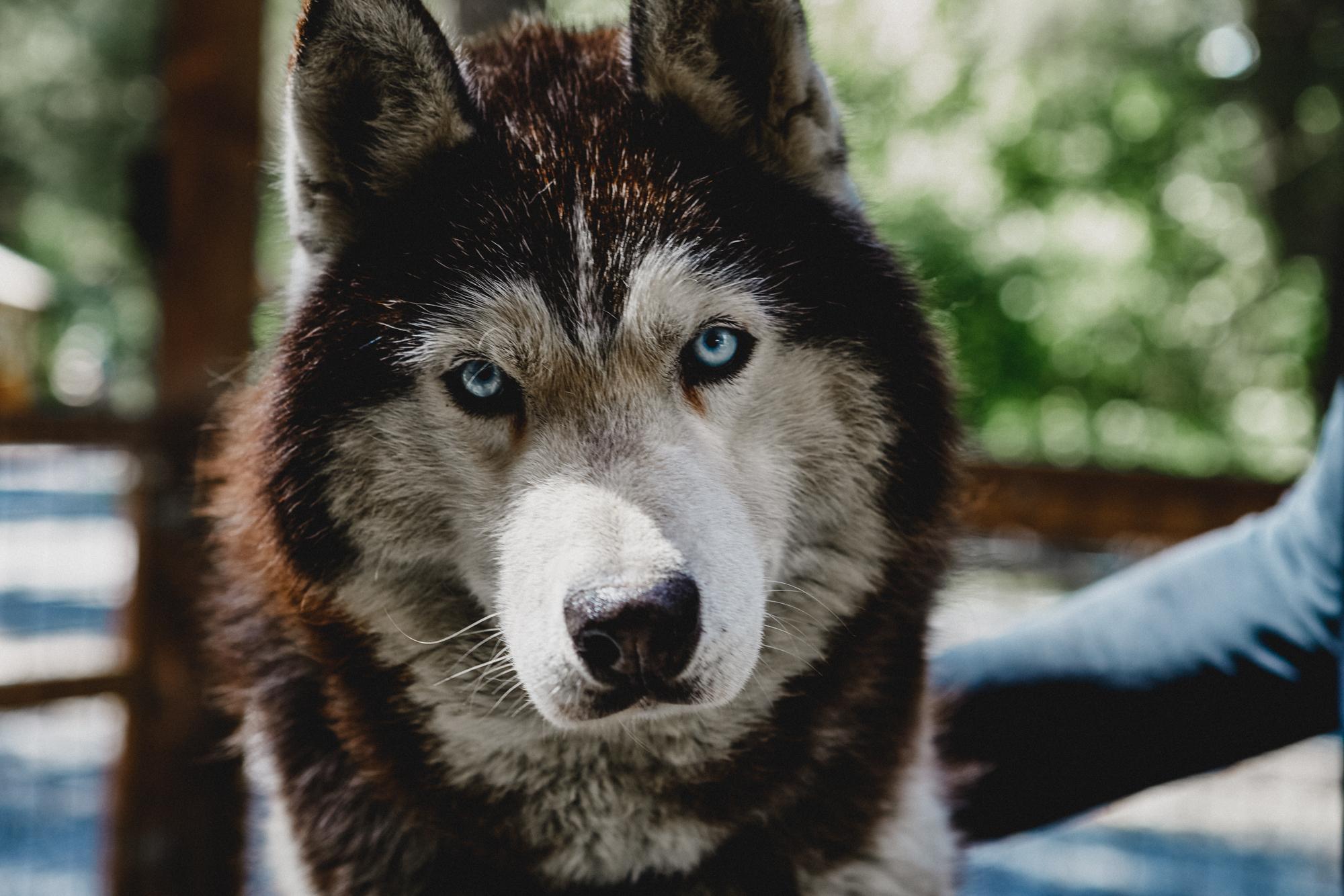
“It was the middle of the summer before we got the credit cards paid off. And then it was, you know, getting free fish here and a moose carcass there and trying to get a dog food sponsor for a few hundred pounds and this and that. The whole family were working and, honestly, I don’t know if we would have made it through those times if I hadn’t had four sons – three at that time that were old enough to basically be, you know, forced labour! There’s no law says you have to pay your own kids, right?”
He says this with a smile and a twinkle in his eye, but he goes on to explain the long-standing relationships that also helped at the time, like the bond the Seaveys still share with Icicle Seafoods, a long-standing sponsor. The family can live a relatively comfortable life now, thanks to the tours, he says.
I think mushing will be around forever. There’s something innately special about man working with animal. Humans and dogs go back a very long time. People will always be working to sledge dogs, we will always choose to venture into the wilderness
Mitch suggests the future of mushing could rely on micro-sponsorships like crowdfunding. It’s an interesting notion in team sports, even those where the majority of members have four legs. In the uber-competitive world of professional cycling in Italy, where there is so little return for benefactors of successful teams, crowdsourcing could fund new sides. Ahead of the London 2012 Games, sprinter James Ellington auctioned himself on eBay to help cover his training costs for the event. And these are in two globally renowned disciplines. Mushing is enjoyed in Canada, Russia, in Scandanavia… even in Spain, where it is carried out on dry land. However, it is a niche that needs spotlights aimed at it if it is to achieve greater fame.
“I think mushing will be around forever,” says Dallas. “There’s something innately special about man working with animal. Humans and dogs go back a very long time. People will always be working to sledge dogs, we will always choose to venture into the wilderness.
“Now, the racing aspect is the part that is probably more volatile. A few sponsors could pull out and that could very much change the environment for that race. My grandfather ran the first Iditarod and a big portion of the push was to create awareness.
“I do think that the races help do that and they help introduce people to the joys of being active in exercising with their dogs. If you are out running a 5k with your house pet to make a happier, healthier person, you also undoubtedly have a happier, healthier house pet. That goes all the way up to running the Iditarod on a 1,000-mile endurance race across Alaska. So I do think being a good ambassador for the race is important. And that means being a good dog master doing sport; well, making sure that you have everybody’s best interest in mind, being responsible, mature.”
Dallas says he is not interested in breaking records, though he is one Iditarod win away from matching Rick Swenson’s feat of five victories. Mitch believes that the internal family competition has been great too. He wants to see his son succeed and both have won races ahead of the other.
But controversy has not been far away. In 2017 four of Dallas’s dogs failed a drugs test for the opioid painkiller Tramadol.
The team were cleared of wrongdoing at the end of 2018, with the family adamant that sabotage was at the heart of the failed tests. Dallas did not feature in the Iditarod in 2019 and for a second year in a row raced in Norway instead.
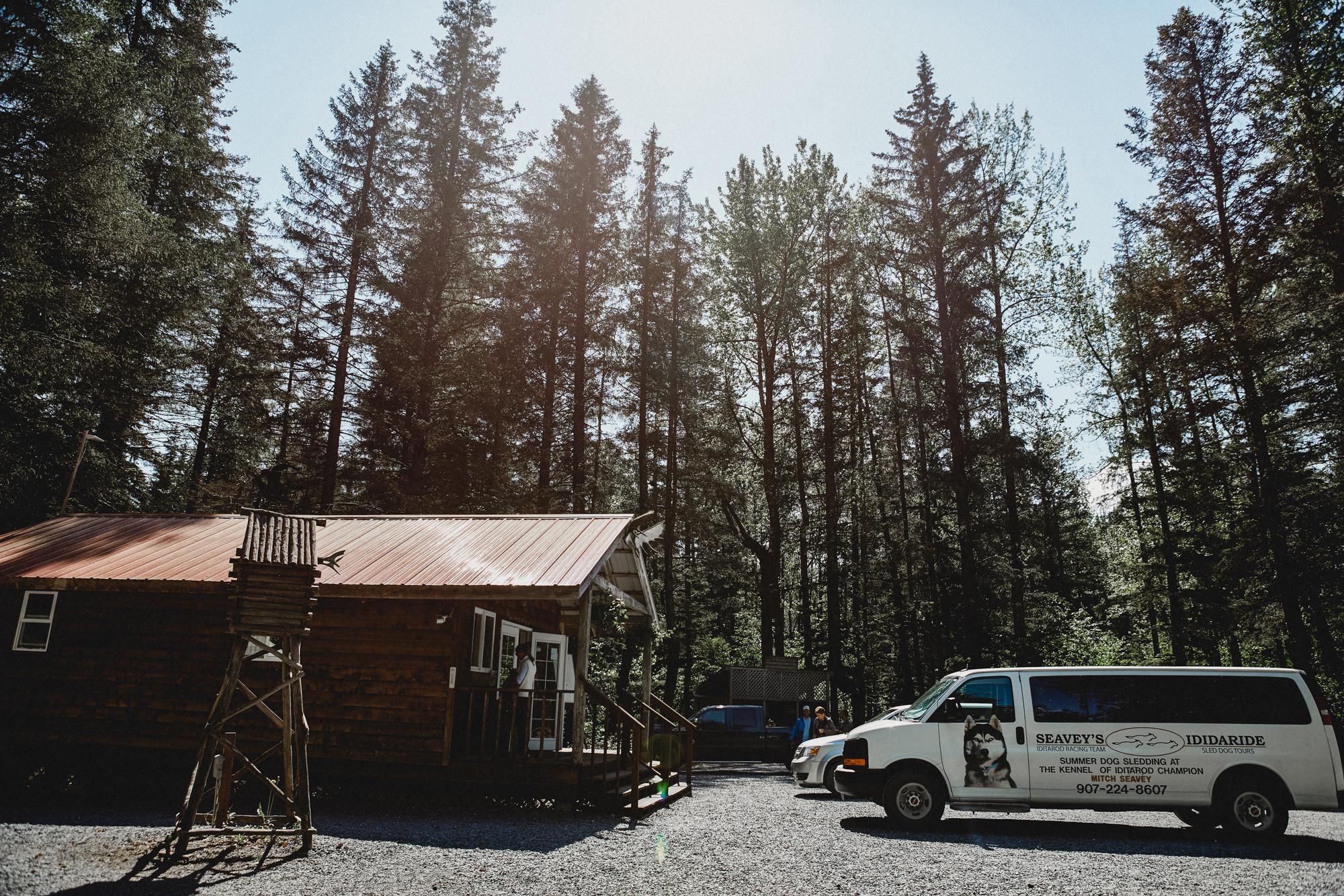
“Somehow illegal substances ended up in my team,” Dallas says flatly of the fiasco. “We know that that happened two to four hours after the race finished. Anything that I go into beyond there is purely speculation. But I feel like things were handled very poorly.
“In the beginning at the Iditarod, the board were very much on the same page. And then it got to a political level and things were released publicly in a very different light. Fast forward one year, six of those board members are no longer with the Iditarod. I think that’s a very good thing.
If you are out running a 5k with your house pet to make a happier, healthier person, you also undoubtedly have a happier, healthier house pet. That goes all the way up to running the Iditarod on a 1000-mile endurance race across Alaska
“I don’t want to muddy the waters here, but I do think that the Iditarod is in a much better place now with six out of nine new board members. They just announced the new CEO and the head of drug testing that was there at that time is no longer in that role. I think they are pulling back in the right direction.
“Whether or not I race in the Iditarod next time will have nothing to do with hard feelings or anything like that. It’s the right changes they’ve made, with a full apology, it is completely clearing up any accusations whatsoever. They’ve done everything they can to remedy the situation. So I think we’re on great terms now.”
Later Dallas admits that he will likely have a year off from the Iditarod to support one of his long-time kennel handlers, who will take the reins of the main team, saying “2021 will probably be the next big race that I run”. He will still mush for the love of it and to train his dogs, though.
As the day drifts by in an Alaska that barely says goodbye to the sun at this time of the year, it occurs that for all the love, this is still a pursuit of extremes, in a land of extremes. Now 60, Mitch claims to feel 42, but admits to “muscle tie-ups” and while he is used to the misery of the weather and the sleep deprivation of long mushes – and he has accrued plenty of experience – he is impressed by son Dallas’s similar achievements at only 32.
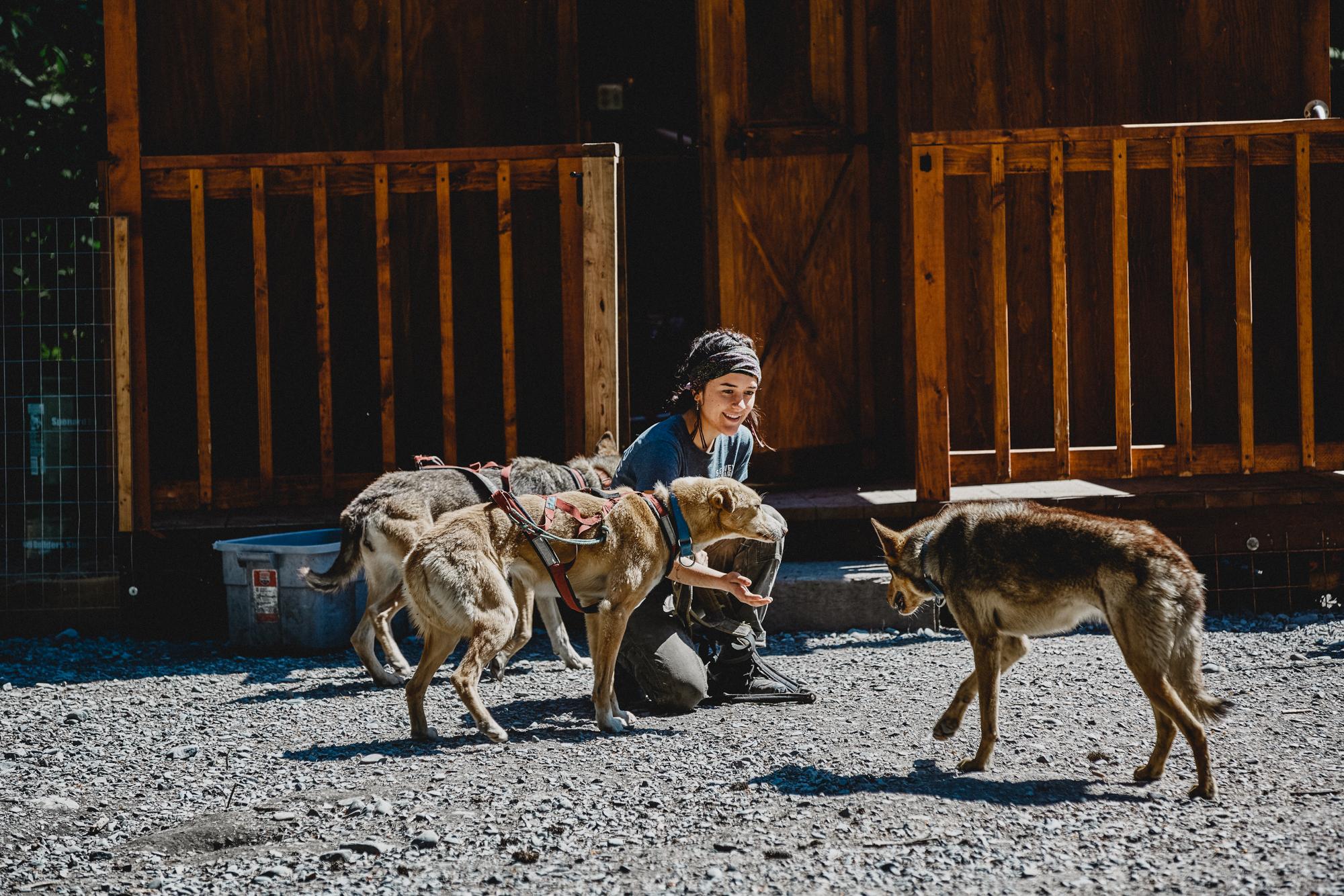
Both men talk of handling adversity. Mitch brings up animal rights activism, believing that for any slur on his name or the sponsors who align themselves with mushing teams, the sport has done “far, far more positive for animal care”. For example, in his most recent Iditarod, he held back because some dogs became sick or had sore feet. He says it isn’t about just one race, which Dallas echoes: “The race happens nine days out of the year, I spend my entire life being a musher.”
He adds: “If I decide to retire at some point I may get into dog agility or work with a border collie, herding sheep, or maybe I’ll end up sailing around the world. I don’t know. But I don’t need to plan it out. All I need to know is right now I’m having fun doing what I’m doing. And as long as I can honestly say that I’m doing this for the right reasons, I’m going to keep doing it.”
What about that rich Seavey legacy?
“I have a daughter that just turned nine,” Dallas begins. “I think I would help her pursue whatever she wants to do. Believe me, she gets asked all the time: ‘Oh, are you going to be in mushing when you grow up?’ And from about five she started responding, very honestly as five-year-olds do: ‘No, I’m not gonna be a musher. I want to be a princess when I grow up.’
“I hope that she can give her life purpose, and that purpose is something of her own, not trying to make my life fulfilling. That’s not her job. Her job is to make sure that she lives her life in a fulfilling way. And that’s what I will be happy with. And if that happens to be mushing, great. If it happens to be with horses, great. She wants to be a princess? That’s fine.”
All of Mitch’s children have worked with the dogs at some point, but Dallas says it was a choice. His brother Conway has decided to dedicate himself to music, which delights Mitch. His other brother, Danny, helps run the business and last raced in the Iditarod in 2014.
Out here in the pines, off Glacier Road, there is a family at work. But it’s not legacy or race wins on their mind. It’s the next generation of dogs.
Join our commenting forum
Join thought-provoking conversations, follow other Independent readers and see their replies
Comments